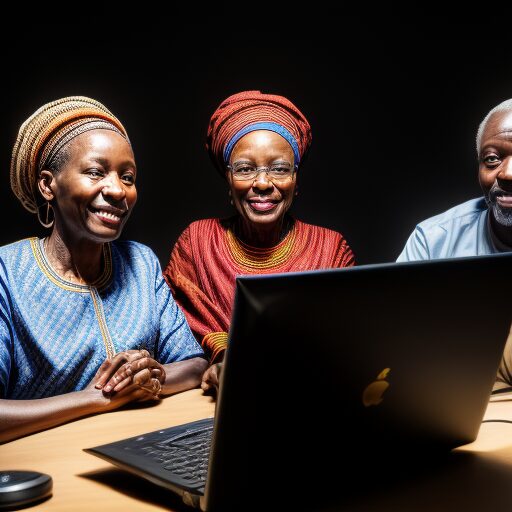When collecting translated text to build AI solutions for African languages, some practitioners mistakenly believe that starting with a major language and translating as much content as possible into the target African language will provide sufficient bilingual text for their solution. However, this approach is flawed.
Building effective AI solutions for African languages requires more than just collecting bilingual text pairs like English-to-Ghɔmáláʼ. To truly harness the potential of AI, it’s essential to capture data bidirectionally, meaning both English-to-Ghɔmáláʼ and Ghɔmáláʼ-to-English. This approach is crucial for developing accurate, reliable, and culturally sensitive AI models.
Here’s why bidirectional data capture matters:
-
Improves Translation Quality: When data is collected in both directions, the model learns the nuances and complexities of both languages. Languages don’t map perfectly one-to-one, and capturing both directions allows AI to better understand idiomatic expressions, context, and cultural references that might be lost in a one-way translation.
-
Reduces Bias and Enhances Accuracy: One-directional data often skews AI models towards the dominant language (often English), which can lead to biased outputs that don’t fully represent the African language. Bidirectional data helps balance the model, making it equally proficient in both languages, which is critical for maintaining the integrity of the native language.
-
Supports Better Contextual Understanding: Bidirectional data helps the AI learn context from both languages, enhancing its ability to interpret meaning accurately. For example, translating “home” from English to Ghɔmáláʼ might require different words depending on context—such nuances can only be captured by training models in both directions.
-
Facilitates Code-Switching and Real-Life Application: African languages are often used alongside English or other colonial languages in daily life, involving frequent code-switching. Capturing data bidirectionally enables AI to handle these mixed-language scenarios effectively, making it more relevant and usable in real-world applications.
-
Empowers Language Preservation and Digital Inclusion: By developing AI that is equally competent in translating in both directions, we ensure that African languages are not just a passive recipient of information but are empowered as active, dynamic languages in the digital space. This is key to preserving linguistic heritage and promoting digital inclusion.

